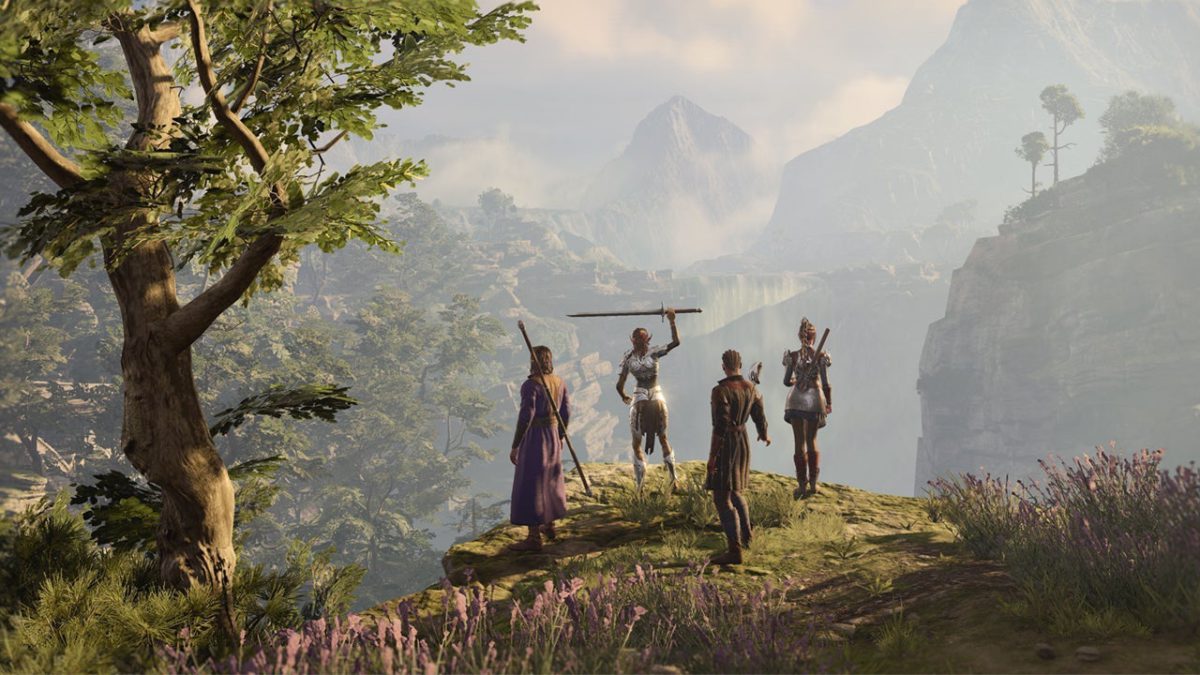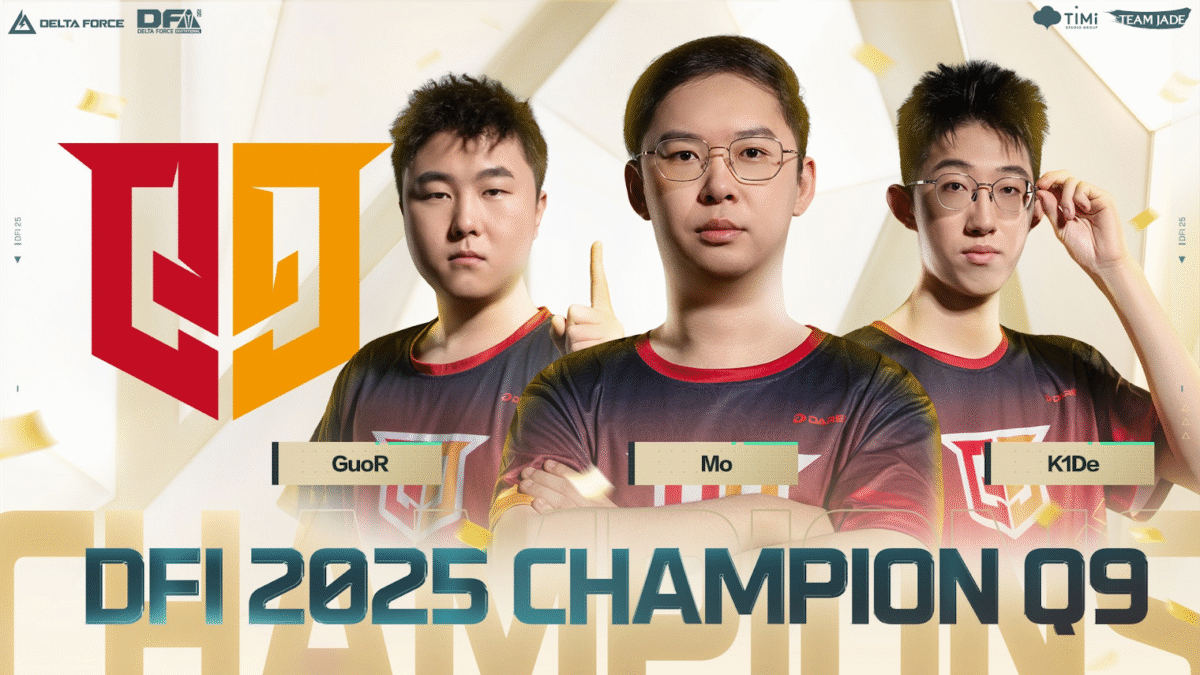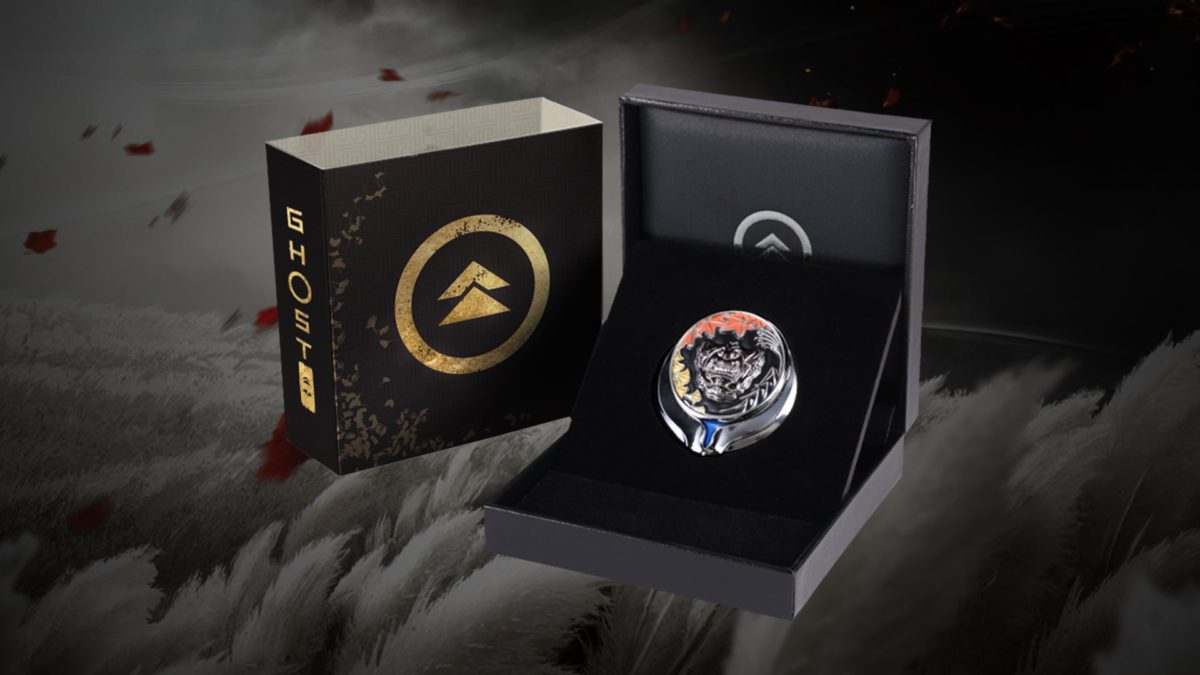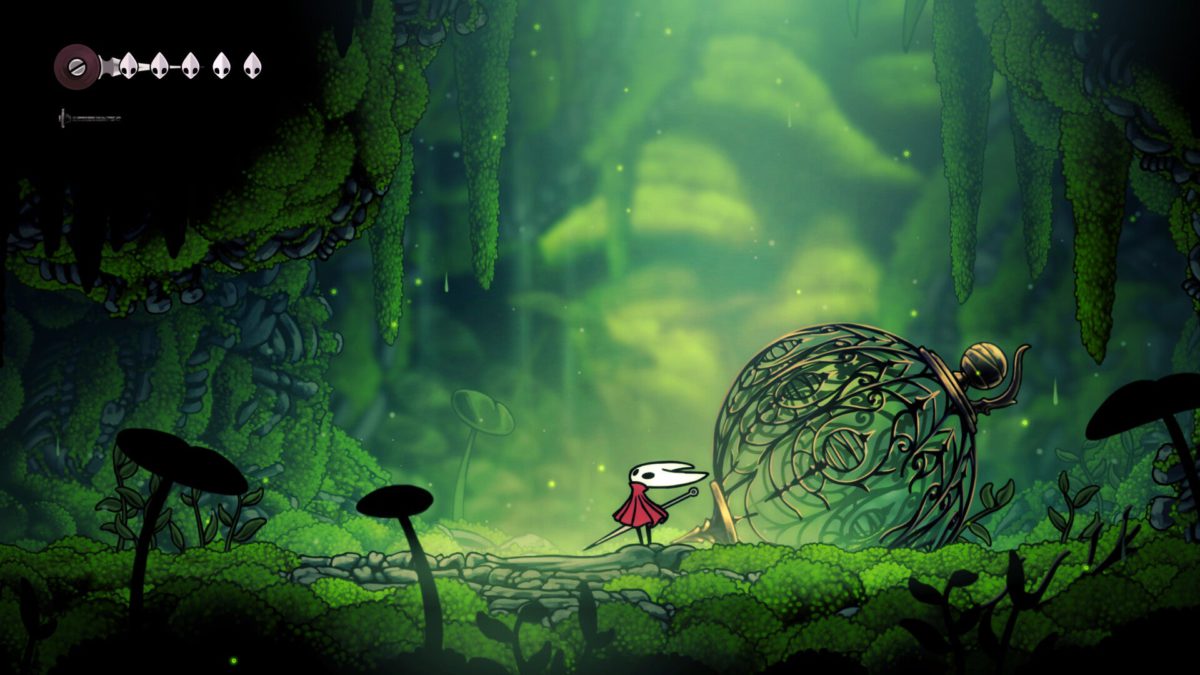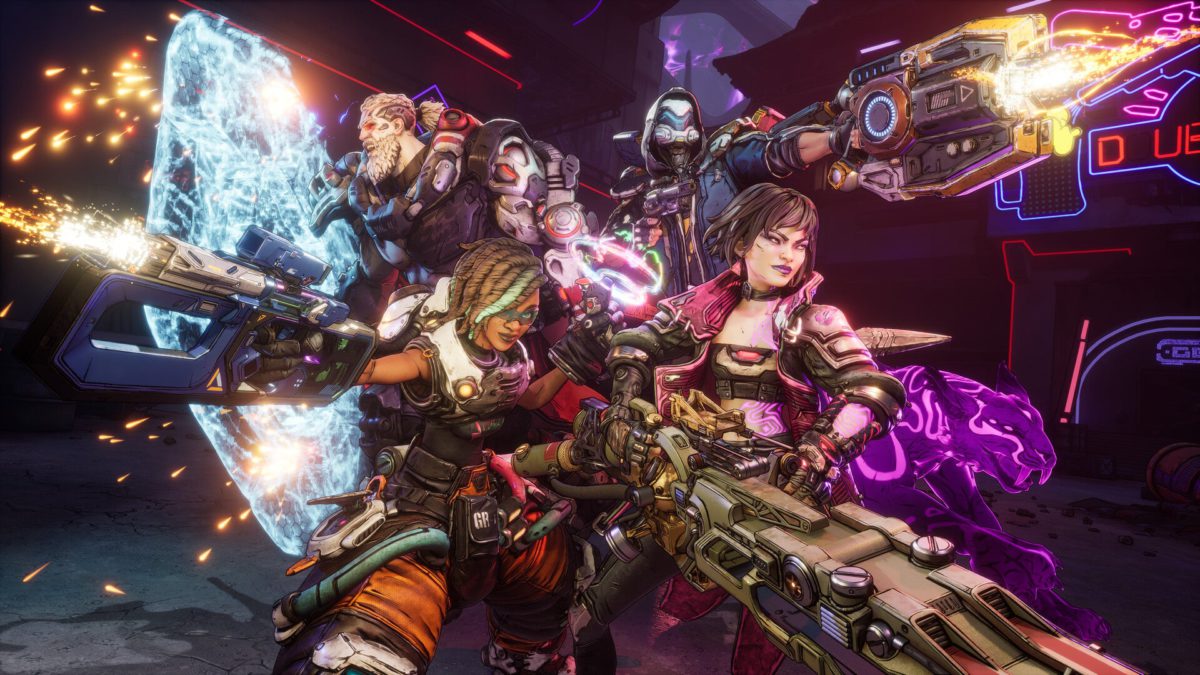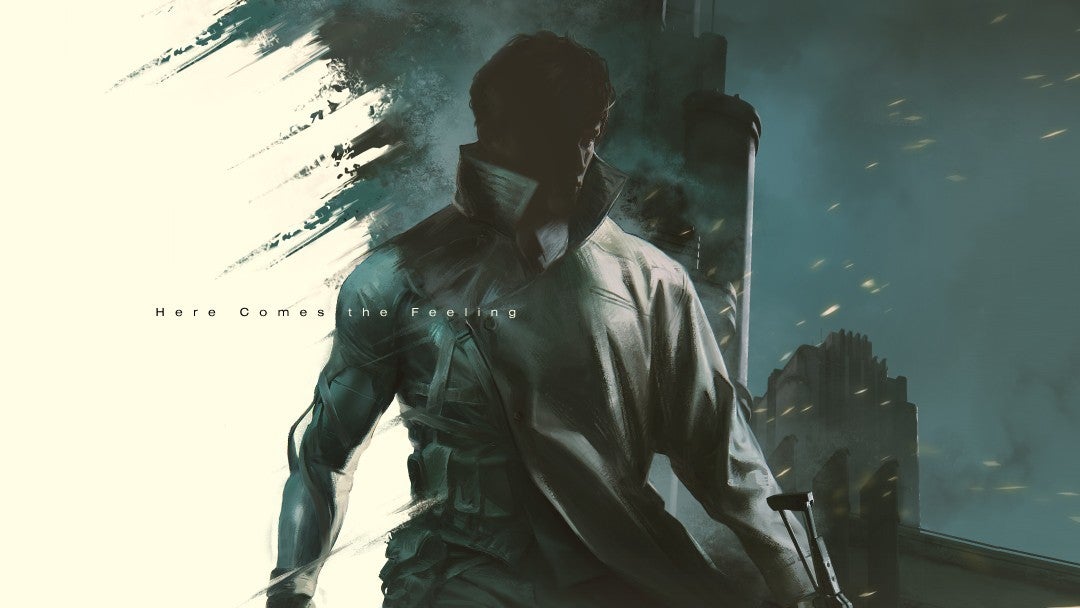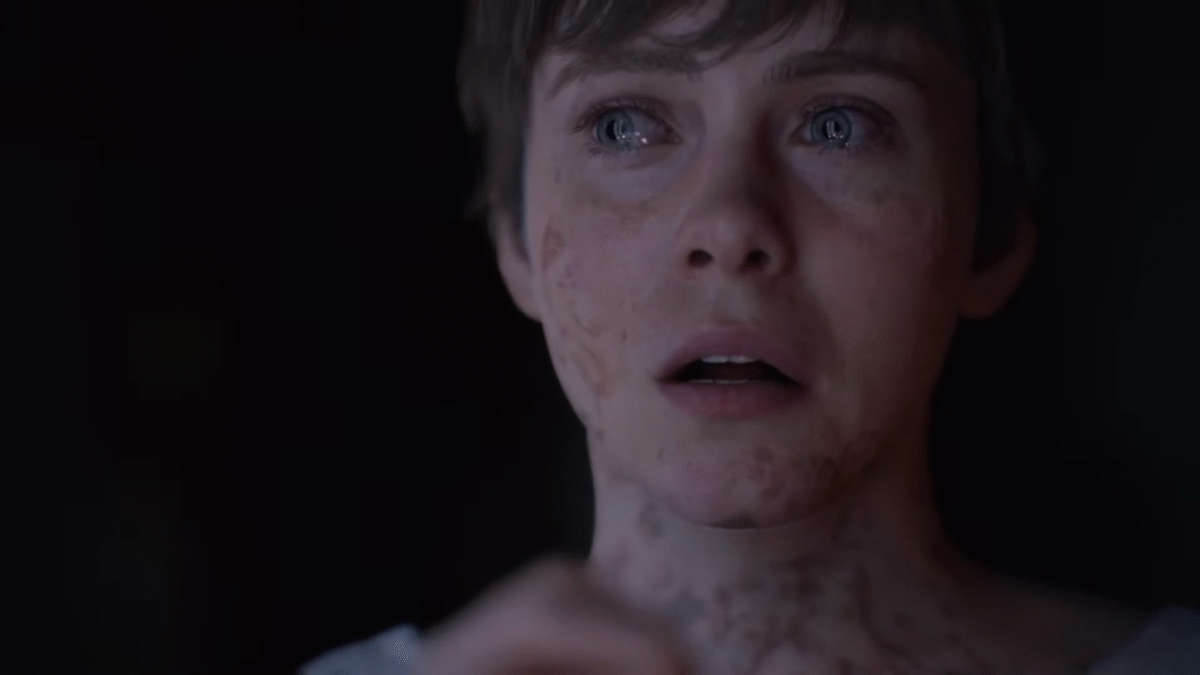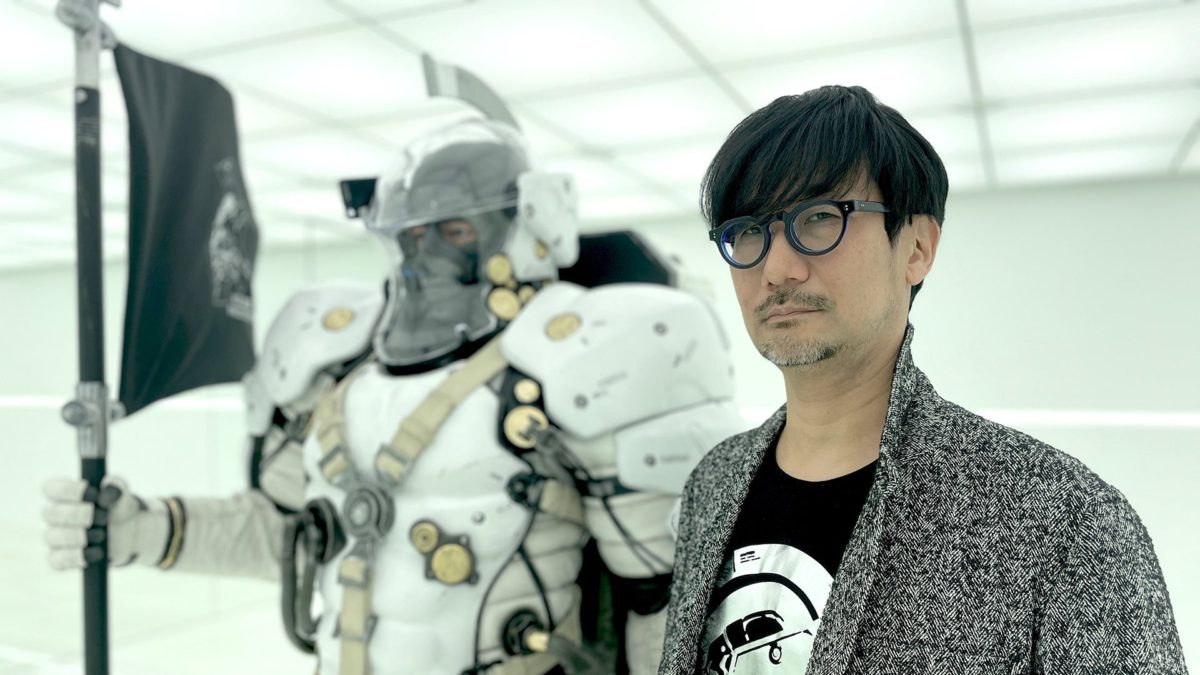
Larian may be done with major updates to its blockbuster role-playing game Baldur’s Gate 3, but it’s still releasing hotfixes. The latest, Hotfix #34, is a juicy one. It adds a native Steam Deck build and should reduce framerate spikes in busy areas such as the Lower City in Act 3 across all platforms.
Baldur’s Gate 3 Act 3 is infamous for its performance issues. Indeed it was one of the tougher areas to navigate, especially in the months after the game launched and before Larian issued various updates, mainly due to the sheer number of NPCs who mill about on-screen and everything the game has to consider as a result.
In a post on Steam, Larian said the native Steam Deck build means Baldur’s Gate 3 has a more stable framerate, lower loading times, and smoother gameplay on Valve’s handheld. But the work done for this build benefits all players by improving the way the game’s models are streamed across all platforms.
Meanwhile, Hotfix #34 addresses “some rather annoying” instances of crashing on Xbox, Larian said. And as is Larian’s way, it sprinkled the patch notes, below, with some trademark flair. For example:
- Fixed the audio levels for a rat in the Lower City that you, tragically, couldn’t hear squeak when it squoke.
- Reminded Halsin to actually yell when he gains barbarian Rage instead of silently miming it.
- Told one of the imps on the nautiloid to stop looking in the wrong direction.
Baldur’s Gate 3 celebrated its two-year anniversary last month, with Larian boss Swen Vincke discussing how its enormous success paved the way for the studio to work on its hotly-anticipated next game.
The Dungeons & Dragons RPG was a breakout hit in 2023, dominating online conversation and setting sales records. Its wild success was a game-changer for Larian, and the title has continued to perform strongly in the two years since launch, with mods helping to fuel seemingly never-ending interest in the RPG, especially on Steam.
The developer shocked the video game world when it announced plans to make brand new games outside the Dungeons & Dragons universe, rather than follow Baldur’s Gate 3 with DLC or a sequel. It is now hard at work realizing that vision.
Baldur’s Gate 3 Hotfix #34 patch notes:
FIXES
Crashes and Performance
- Fixed a potential crash related to the Slow condition during combat.
- Fixed a potential crash related to using the Find Familiar spell on Scratch and Boo during combat.
Xbox
- Fixed a crash that could occur when suspending and then resuming the game mid-cinematic.
- Fixed a crash when loading a save while playing an Honour Mode game.
- Fixed an issue that could cause the game to hang and become unresponsive when exiting to the Main Menu from an Honour Mode game.
- Selecting View Xbox Live Profile via the Larian Friends list will now correctly show the user’s gamercard.
- Fixed a Cross-Play issue where, if one player had their cross-network privileges blocked on Xbox and was then invited to a multiplayer session by a friend, they wouldn’t get notified of the conflict in their settings telling them why they couldn’t proceed to the lobby.
- Fixed a bug where creating a new game in Honour Mode after having loaded a previous savegame would cause the game to get stuck at 33% or 83% loading.
Gameplay
- Fixed the Hound of Ill Omen and the Accursed Spectre’s HP being affected by difficulty modifiers for enemy characters.
- Fixed a bug causing the Apostle of Myrkul to regain Hit Points every time you load a savegame mid-combat in Tactician and Honour Mode.
Audio
- Fixed a bug causing the sounds that djinn summons make when they follow you to loop continuously, creating an uncharacteristic metallic thrum.
- When you’re on the ground floor of Felogyr’s Fireworks, the smokepowder explosions going off on the floor above will no longer sound like they’re happening right next to you.
- Fixed the audio levels for a rat in the Lower City that you, tragically, couldn’t hear squeak when it squoke.
- Fixed missing SFX when preparing to cast Wind Walk.
- Fixed an issue causing the SFX to play longer than they should when preparing to cast the Way of the Drunken Master’s subclass-specific actions.
- Fixed missing SFX when preparing to cast Booming Blade.
- Fixed the SFX for preparing a Starry Form continuing to play if you cast the spell quickly after selecting it.
- Fixed missing SFX when Astarion taps Woe on the ground during a cinematic.
- Fixed missing SFX in the overhead dialogue between Minthara and the questioners in Moonrise Towers Prison.
- Fixed a sound resource for Photo Mode not being generated correctly.
- Fixed the rattling Moonlantern SFX continuing to play after you unequip it.
- Recovered some missing SFX when casting Speak with Dead on the mind flayer in the Shattered Sanctum.
- Reminded Halsin to actually yell when he gains barbarian Rage instead of silently miming it.
- Fixed the SFX during Vlaakith’s appearance at camp getting cut off prematurely.
Cinematics
- Told one of the imps on the nautiloid to stop looking in the wrong direction.
- Fixed a super-mega-ultra-close-up shot during the dialogue with Raphael at Last Light.
- Removed a static pool of blood hovering mid-air in the cinematic with the gnolls on the Risen Road when playing as a short Dark Urge character.
- Fixed Karlach’s line about Gale being a hero getting cut off prematurely.
- Fixed a bug causing party members to appear as floating torsos (or simply floating hair) when talking to Ketheric’s dog, Squire.
Wesley is Director, News at IGN. Find him on Twitter at @wyp100. You can reach Wesley at wesley_yinpoole@ign.com or confidentially at wyp100@proton.me.

